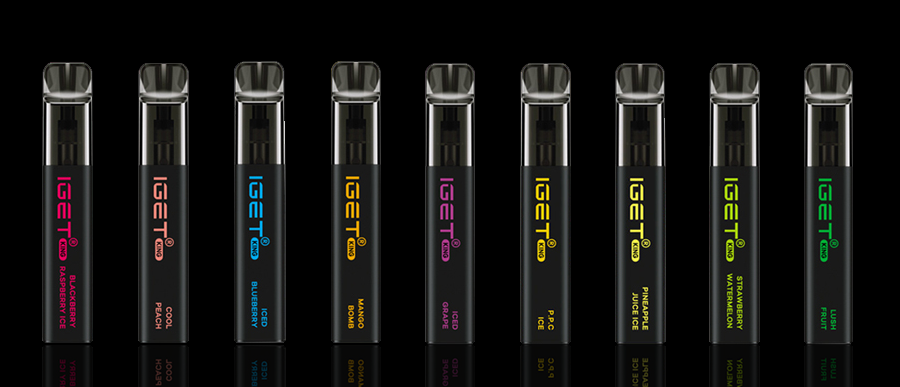The 2016 FDA Deeming Regulations will shift competitive advantage in the vaping industry significantly over the next few years. Strategic management of emerging intellectual property is critical to success. The FDA unwittingly intervened in the middle of the vaping industry’s technology development cycle and changed the rules of the Relx Pods. As we all know, that has caused a firestorm of controversy and some industry paralysis around innovation. Investment in innovation requires clear business goals and the business environment is unclear until the new deeming regulations are fully imposed, repealed or scaled-back. Slick, visually appealing, flavorful and compact once drove the research and development cycle, now accuracy, repeatability, measurability and systems interaction will take precedence to comply with the new regulations if they stand as I believe they will.
Thus far, the vaping industry has been built largely on branding, a loyal customer base and trade secrets to create and protect the competitive advantage that exists in the various vape-related businesses. Most e-liquid formulations are kept secret although the manner in which the secrets are kept may not meet the legal hurdle of “due care”. In simple terms, due care requires that one goes through some extraordinary efforts not to expose the secret information to those who would disclose it or profit from it. Disclosure nullifies the trade secret and nothing can be done to put that horse back into the barn. Once a trade secret is in the public domain, it can’t be patented or made secret again. Beyond trade secrets, mostly around formulae, some patents have been filed against the various ENDS devices, cartomizers and power supply’s but they are few relative to the quantity of devices and their derivations on the market today.
Very few patents have been filed against the systems or hardware that blend e-liquid either which suggests that there is either nothing novel about the equipment or the inventors intend to keep it a trade secret. Moreover, since demand outpaced supply historically, the need for unique competitive advantage was somewhat diminished, as I stated in a prior published paper*. Therefore, over the past decade all boats rose with the tide. Everyone profited from the bow-wave created by the surge in the vaping market and protection of intellectual property was not a requirement for near term success. Long-term, sustainable success is a different story. Long-term sustainable success is built on well-protected intellectual property (IP). It is estimated that around 80% of the total value of the S&P 500 index is attributable to intangible assets, i.e. intellectual property of all types.
The landscape has changed dramatically for all businesses related to the vaping industry however. The recent deeming regulations will surely to drive a course correction as they kick in through 2018. One thing seems certain, the FDA regulations are here to stay in some form. Whatever innovation (IP) did exist prior to August 2016 is likely to become partly obsolete or possibly wholly obsolete dependent on which segment of the business you are in. Why so? Because the methods, processes, hardware, materials and designs that were sufficient to meet the needs of an unregulated environment are not likely to be sufficient to meet the needs of the new regulated environment. It’s that simple. The standard has changed and there is now a higher science required to meet that standard. The new standard will be grounded in repeatability and other metrics that are tied more to science, data collection and reporting than marketing alone. Smart businesses will leverage the science in their marketing pitches and I can already see it emerging in recent advertisements.
The vaping industry supply chain businesses that hope to remain viable going forward will need to answer the larger questions. Are the thermo-mechanical processes executed by the ENDS device to vaporize the liquid repeatable within an “acceptable” range? Can the ENDS apparatus and the liquid when combined produce repeatable results for the user? Are the various thermal, chemical and mechanical interactions well understood? Do the developers and manufacturers of those commodities know what those results are in terms of toxicology? The answers to those questions and others are the kernels of intellectual property (IP) that will emerge by necessity from the R&D required to create the solutions. That’s the jist of it. Those who can determine which IP to create and protect and how to protect it will yield the golden goose, i.e. long-term competitive advantage.

More Stories
How Bronx No-Fault Doctors Prepare Medical Records for Court Evidence
Pain Management Options Offered by New York Car Accident Doctors
Safepal: Revolutionizing Cryptocurrency Security with Cutting-Edge Solutions